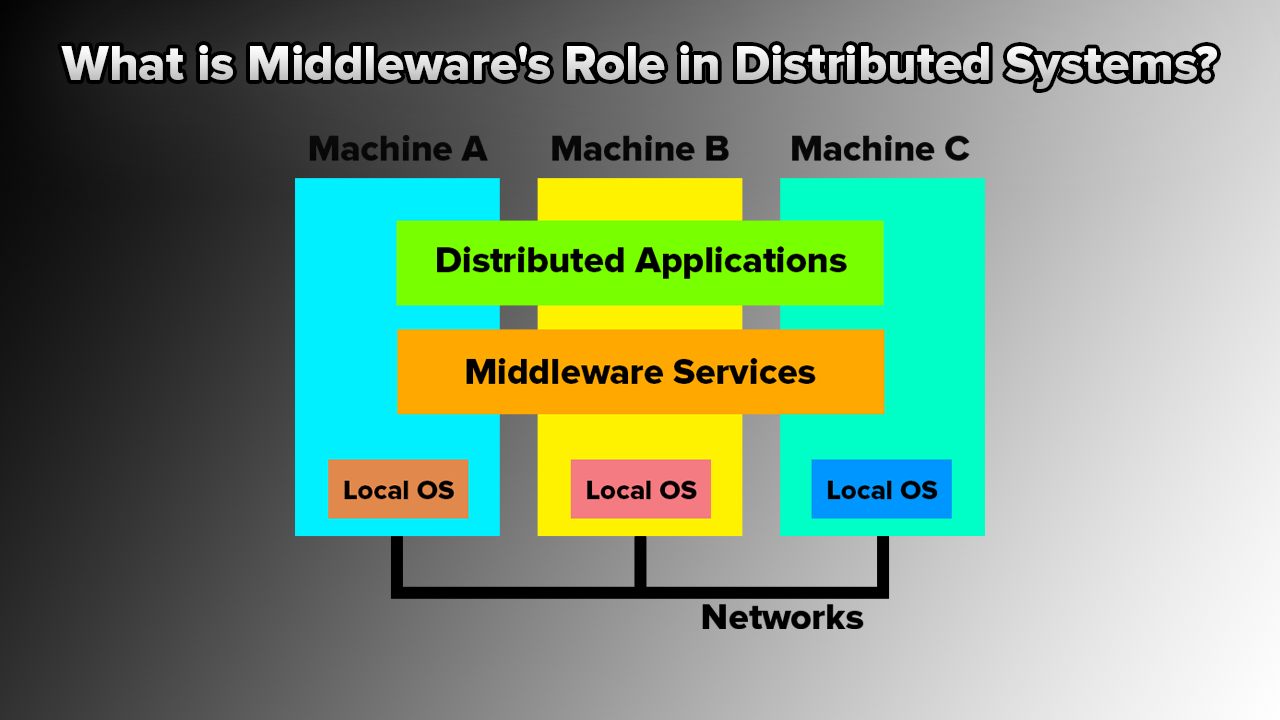Solution:
Design Challenges of Distributed Systems:
There are the following Design Challenges in Distributed Systems:
1) Heterogeneity:
Heterogeneity is applied to the computer hardware, network, and operating systems as well as the implementation of various developers. An essential component of the heterogeneous distributed system client-server environment is named middleware.
Middleware is a group of services that allows applications and end-user to interact with each other around a heterogeneous distributed system.
2) Openness:
The openness of the distributed system is defined mainly by the degree to which further resource-sharing services can be made known to the users. Open systems are represented by the fact that their key interfaces are publicized.
It is established on a uniform communication means as well as the published interface for access to share resources. It can be created from heterogeneous software and hardware.
3) Scalability:
The scalability of the system should stay efficient even with significant growth in the number of users as well as resources related.
4) Security:
Security of information systems has three segments: confidentially, integrity, as well as availability. Encryption protects shared resources and holds sensitive facts and secrets when communicated.
5) Failure Handling:
When some flaw appears in hardware as well as the software program. It may yield false outcomes or they may halt before they have completed the planned analysis therefore, corrective measures should to executed to endure this case.
Failure handling is challenging in distributed systems because the failure is partial i.e., various components fail while on the other end, others continue to function.
6) Concurrency:
There is a chance that several clients will try to access shared resources at an identical time. Numerous users create requests on identical resources, i.e., write, read, and update.
Each resource must be secure in a concurrent environment. Any object that symbolizes a shared resource in a distributed system must allow it works perfectly in a concurrent environment.
7) Transparency:
Transparency provides that the distributed system should be perceived as a single entity by the users or the application programmers instead of a group of autonomous systems, which is collaborating.
The user should be unknowing of where the services are found and the transmitting from a local device to a remote one should be transparent.

